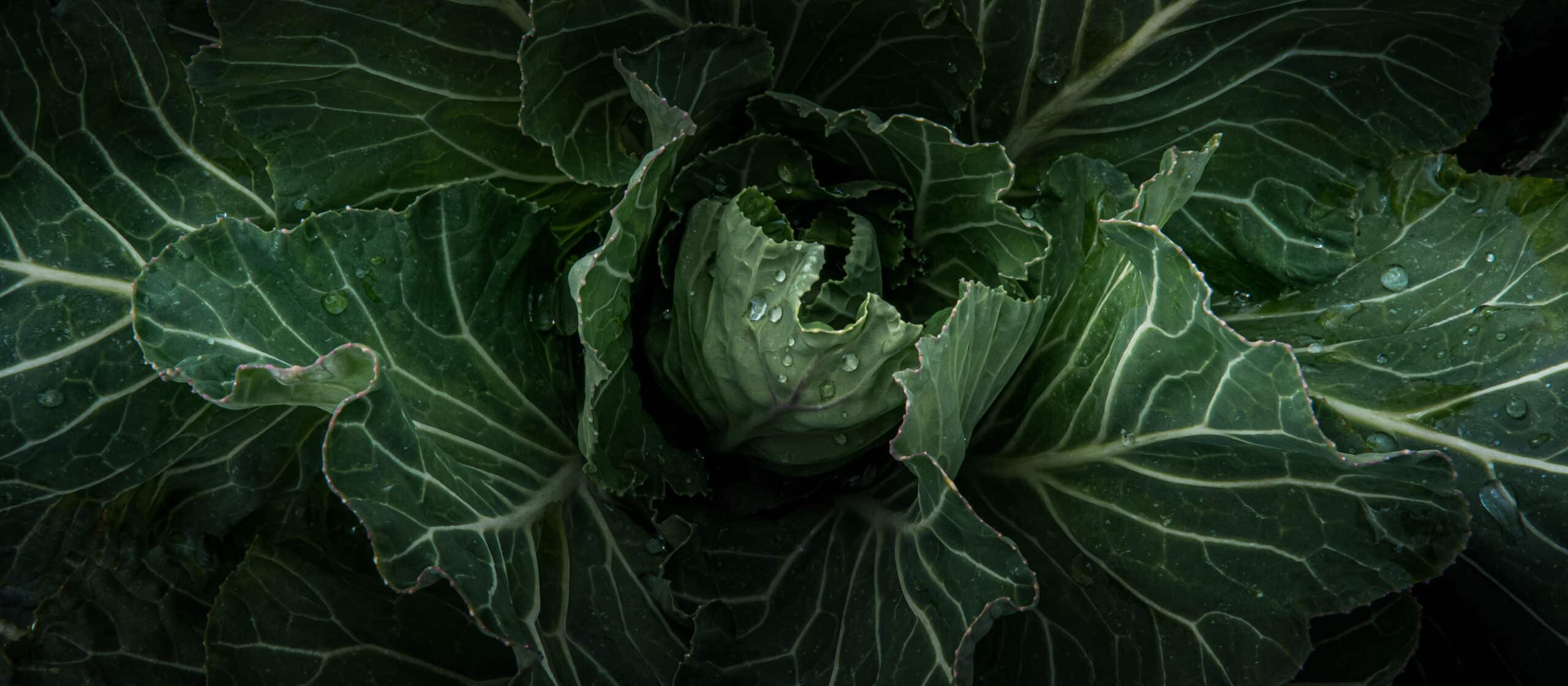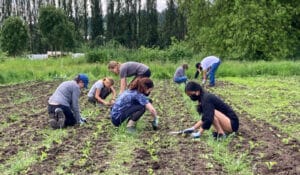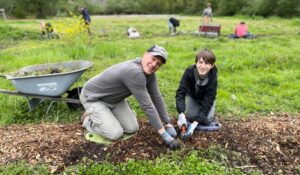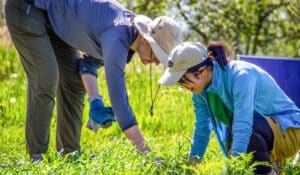
The 5 Rs of Sustainable Living
The 5 Rs of Sustainable Living
- posted on: February 25, 2021
- posted by: Rebecca Jordan
"*" indicates required fields


This article was written by Kelly Rankich, Facility Manager.
You’ve heard of Reduce, Reuse, Recycle. But to be truly sustainable, we have to look beyond that to incorporate how our lifestyle choices affect our whole waste stream.
That’s why I recently spoke to the Sammamish Valley Grange about the 5 Rs of Sustainable Living, with a focus on recycling (my team manages our waste stream at the 21 Acres campus—we see a lot of challenging recyclables!).
As part of the talk, I put together this list of resources. Here, you’ll find educational resources to learn more about the problems and solutions, local resources to support ways to live more sustainably, advocacy groups, and ways to get involved.
Let’s delve into the 5 Rs.
Refuse
Refusing is around the idea of living a more minimal lifestyle with less consumerism, and in some ways, it should be the easiest concept. You don’t have to purchase any special eco-friendly substitutes or really do anything to Refuse–other than say no to things you don’t need.
Reduce
Reduce is similar to refusing but is more about a change in habits. Many of us are getting used to the idea of reusable shopping bags and water bottles and there are many more ways to reduce our single use plastics with products such as beeswax wrappers. Buying in bulk, shopping with businesses that provide refillable containers, and purchasing locally-sourced food are ways to help reduce waste.
Reuse
Reusing materials can involve shopping at thrift stores, borrowing from friends and neighbors rather than purchasing, and tool libraries. I’m a fan of local buy-nothing groups, where neighbors freely give reusable items that might otherwise go to the landfill. And repairing items rather than replacing them is made easier with local repair cafes.
Recycling
Breakdowns in the waste stream and misinformation about recycling is leading to a global plastic problem—and people of color around the world are bearing the brunt of U.S. plastic waste.
Fortunately, many municipalities are doing their part to ensure a closed loop on recycling—even though it may look different than how you first learned about it. To make sure your recycling is effective, the number one thing to do is stay informed by visiting the website of your curbside recycler and print out their recycling guide. Review this with your family members and post it somewhere near your waste/recycling collection area.
Every municipality has a different recycling provider and process for their curbside collections. Each provider has unique acceptance criteria which depends on the way they handle their recycling streams–so while you may be able to recycle a clamshell in your home’s curbside bin, you may not be able to recycle it at work. The criteria can change over time in either direction as technologies change and as the market changes.
There are many ways to recycle items that do not go in your curbside recycling bin. Check this resource list for these “special items.”
The industry is working to improve the recycling infrastructure, increase the use of recycled content in products, and increase consumer knowledge around proper recycling techniques. Creating good recycling habits now will be important as we continue making strides toward improving our domestic recycling.
Rot
Food waste is a significant contributor to greenhouse gas emissions—and this year, reducing food waste is Project Drawdown’s #1 climate solution. Rot means composting food waste and compostable packaging. Household food waste can be collected with your curbside yard waste or you can make your own compost if you have a garden.
Your commercial yard waste/compost material, which goes to a commercial facility, operates differently than your home compost bin; a commercial facility operates at higher temperatures and can add microbes to the mix. Therefore, they can accept bones, paper towels, and other compostable products that would not work in your home compost.
Get Started
If you are relatively new to making changes toward a more sustainable lifestyle, I recommend becoming familiar with your own waste and recycling curbside provider at home and at work. This is not as easy as it sounds—you may have to do some digging to find out what you can truly recycle!—but is a really good first step.
The next step is to become aware of your own waste streams and start to evaluate ways to reduce the amount of material going to the landfill or oceans. Eventually, as you continue down this path, you will also look for ways to reduce even your recyclables. Together, we can refuse, reduce, reuse, recycle, and rot our way toward more sustainable communities.
About Kelly Rankich
Kelly is a LEED Green Associate and our Facility Manager. She helps operate and maintain our living laboratory for green building and supports our soil team, market, and various programs. She has a passion for sustainability and reducing her carbon footprint. She is a long-time Woodinville resident, raising her two kids in this community, and is enjoying not having a commute. She grew up on a small 6-acre farm in Wisconsin and completed her MS in Environmental Engineering at Washington State University. She is a proud WSU Snohomish County Extension Sustainable Community Steward. You may catch her giving a Green Building Tour, multi-tasking ten projects at once, or helping set up for an event. When not working, she enjoys the plethora of wineries in Woodinville, music, dancing, and yoga.











 back to blog overview
back to blog overview








